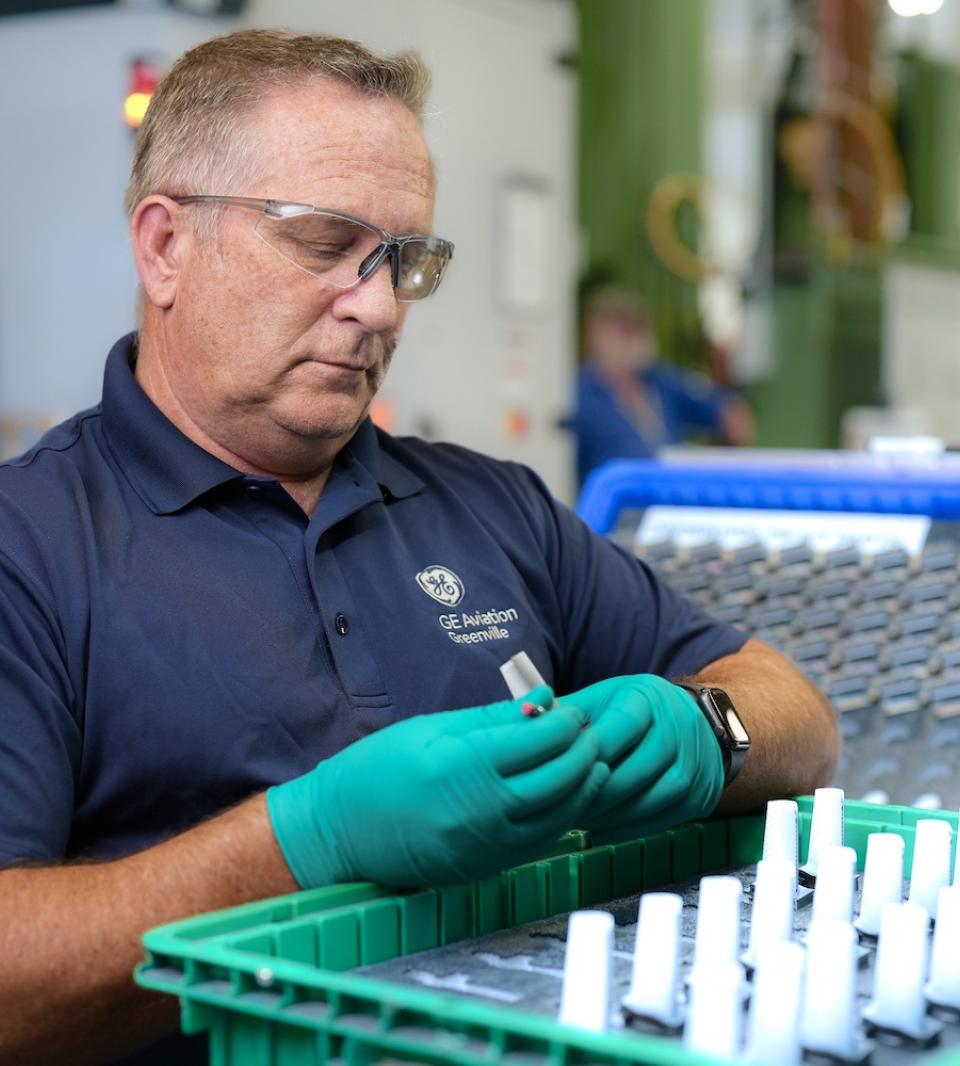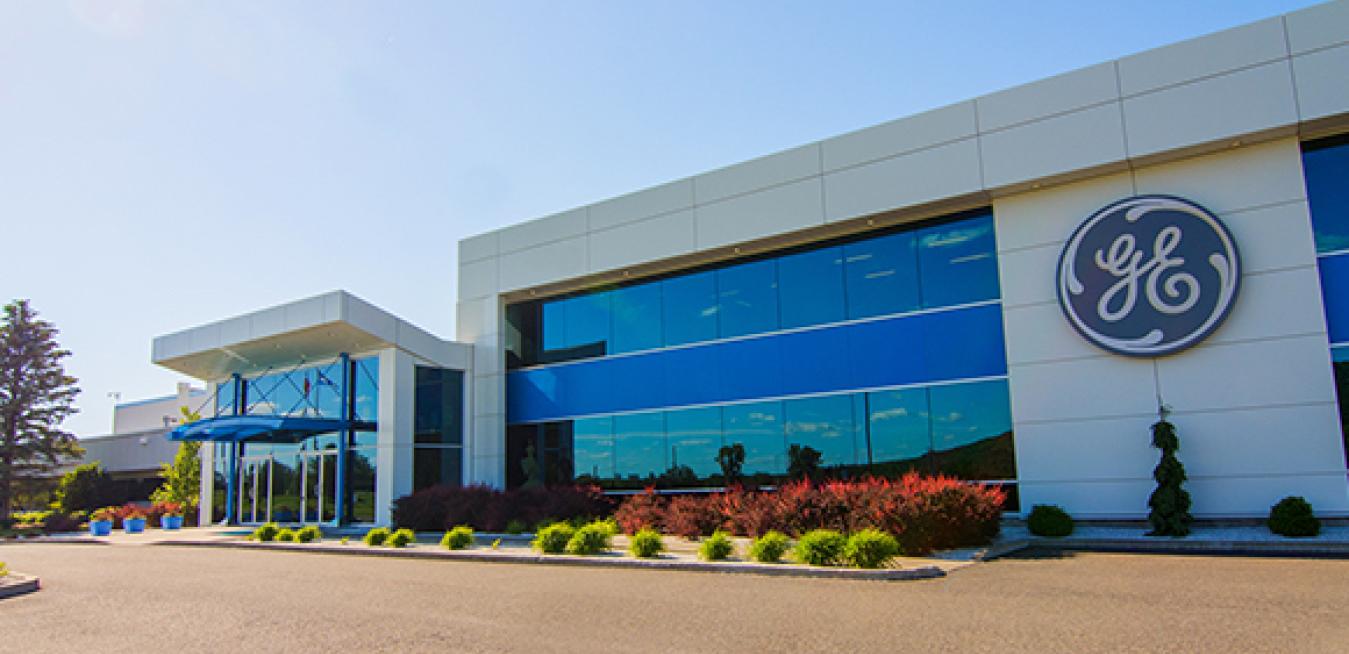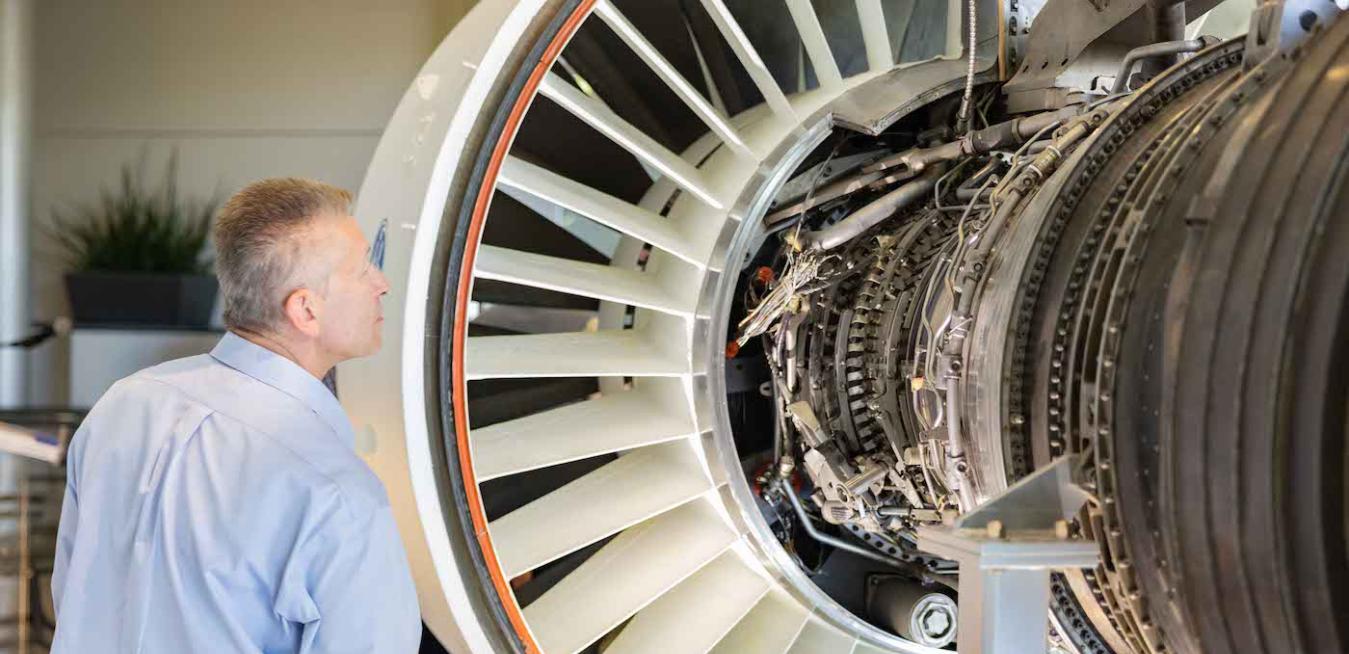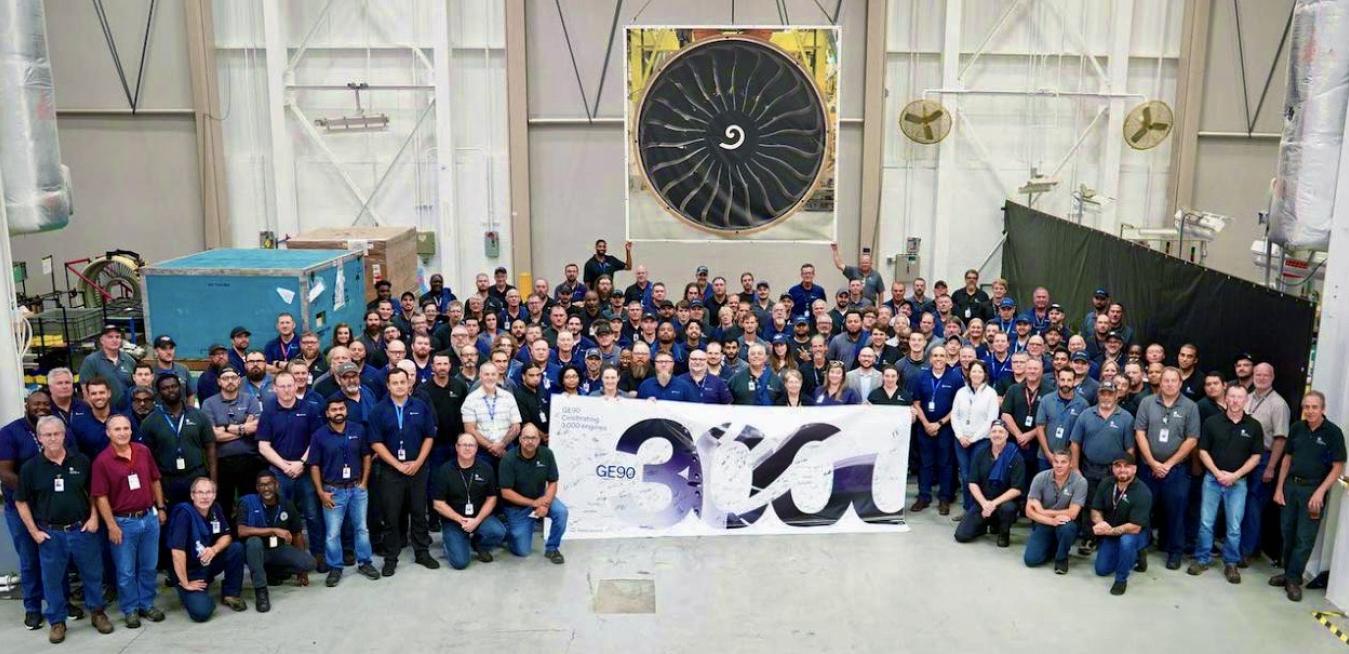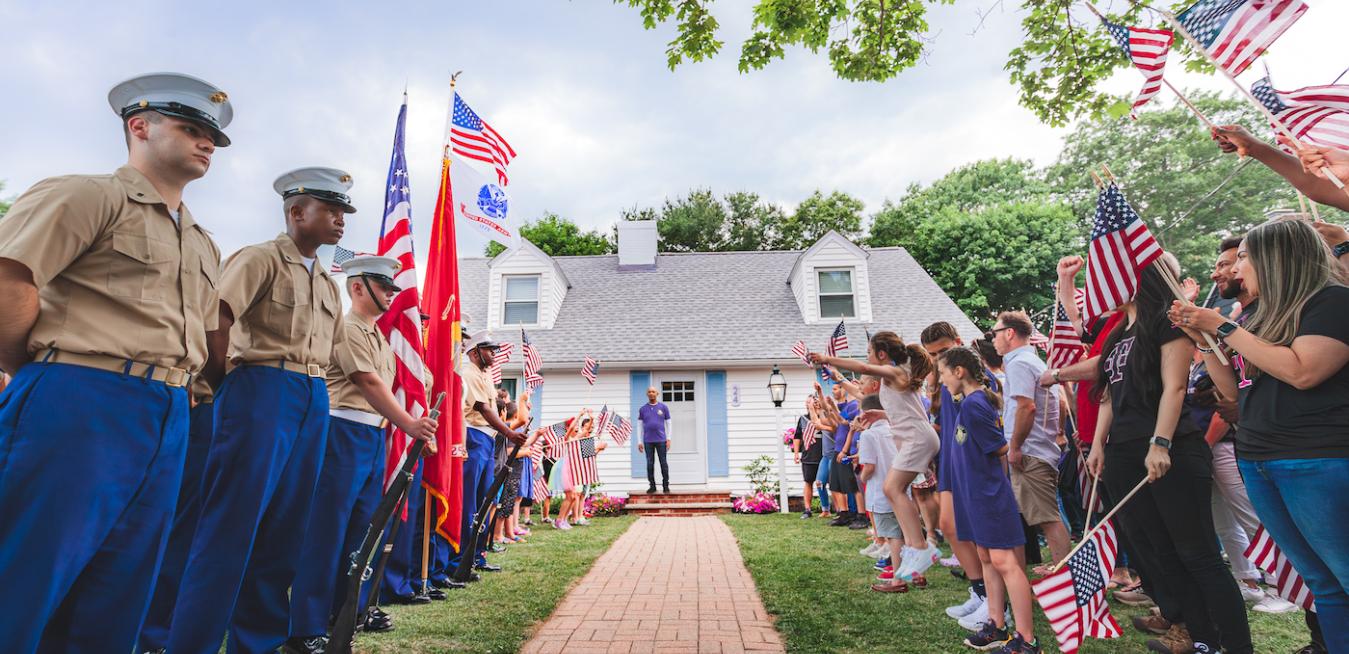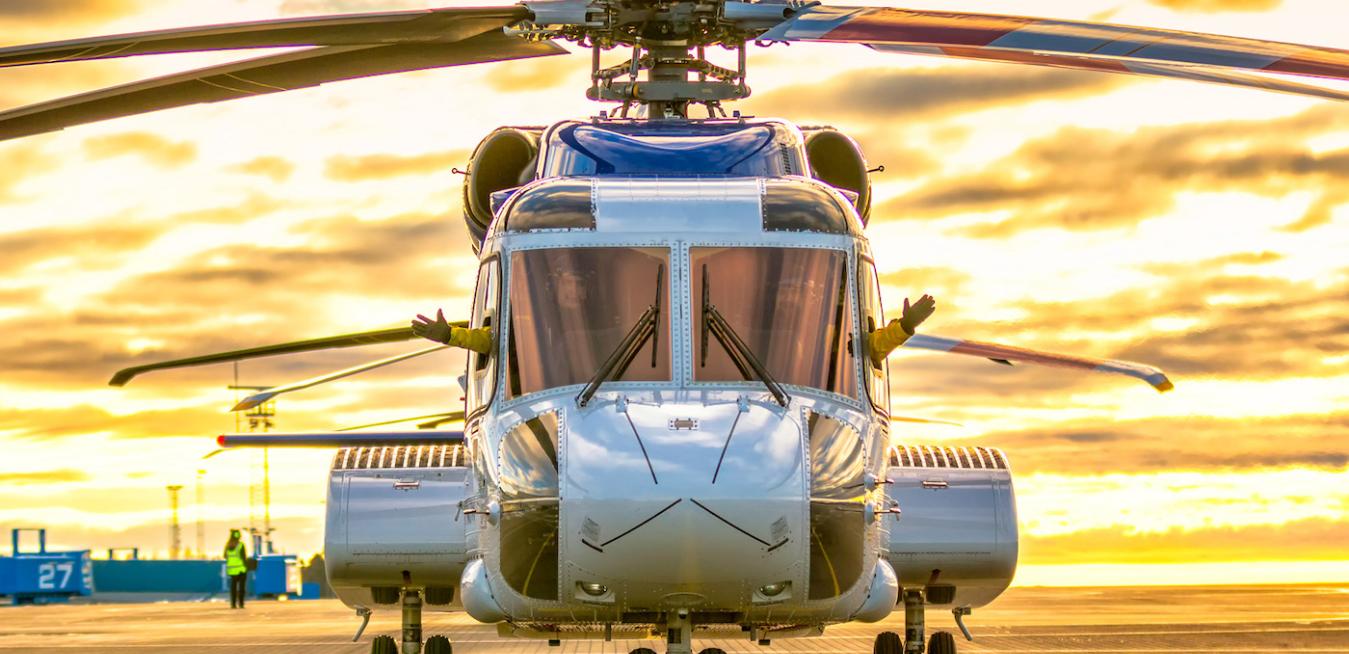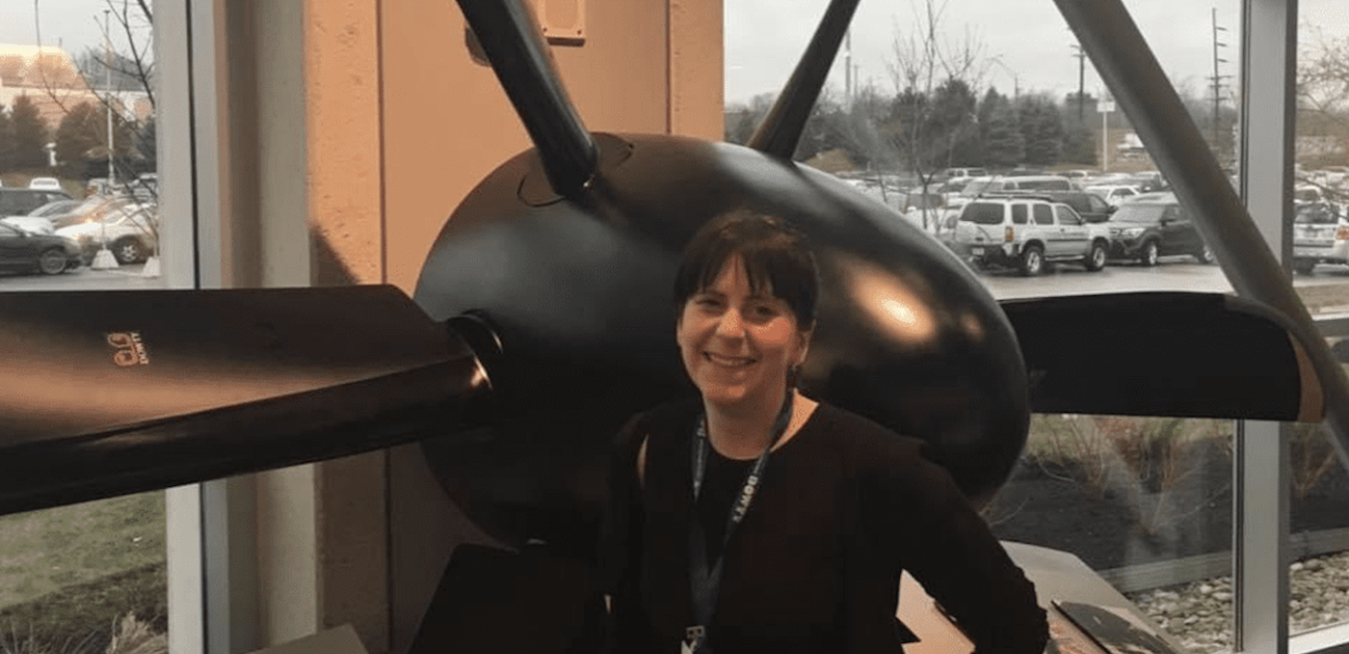- GE Aerospace Research’s Robotics Team Demonstrates “Sensiworm” for future On-Wing jet engine inspection and repair
- Untethered soft robotics, electronic skin-innervated platform resembles an inchworm that moves easily through the crevasses and curves of jet engine parts to detect part defects or corrosion, and can even measure the thickness of thermal barrier coatings
- Sensiworm robots could greatly expand the eyes, ears, and inspection capabilities of human service operators and enable more on-wing inspections with less maintenance burden
By mid-2020, normal routines around the world had ground to a halt. Early-stage quarantine plans to make the best of the spare time — to get in shape or learn a new skill — were giving way to languor and endless doomscrolling.
With the worst of the COVID-19 pandemic behind us, travelers are flocking to airports again, leading to surging demand for jet engines, but supply chain issues are hindering the aerospace industry’s ability to deliver for customers. GE Aerospace’s Greg Pothoff is on a mission to make sure the company can deliver to its customers.
It’s been an exciting few weeks for the GE team, with GE’s Lean Mindset event, multiple investor conferences, including an appearance by GE and GE Aerospace CFO Rahul Ghai at Morgan Stanley’s Laguna Conference, followed by on-the-ground investor relations meetings across the Asia-Pacific region.
Categories
The dawn of the jet age gave birth to the concept of the global village. Once jet engines made the jump from military fighters to civilian planes in the 1950s, commercial passenger service could carry people farther and faster than ever before. Fares dropped, ticket sales quadrupled, and by 1972 almost half of all Americans had traveled by air.
In the annals of engine production, the GE90 holds a special attraction for both the aviation world and the people at GE Aerospace who’ve worked on the engine program. Among commercial engines, the number of firsts it’s chalked up over the years is hard to beat: First to enter service with carbon-fiber composite fan blades. First certified at over 100,000 pounds of thrust. First engine certified for ETOPS (Extended-range Twin-engine Operational Performance Standards). First certified with an additive part. First program to employ analytics-based maintenance.
For nearly two weeks this summer, a usually quiet street in Lynn, Massachusetts, was a hive of round-the-clock activity. Contractors and locals wielding torque wrenches spilled out of the doors of a two-story Cape Cod as trucks, dumpsters, and brand-new appliances crowded the curb in front. From the outside it looked like the site of a typical home renovation — until you noticed the interview tent and roving camera crew.
When the cruise ship Viking Sky sent out a mayday call in 2019, the Sikorsky S-92 helicopter flew to the rescue. Despite 25-foot waves and screaming winds, crews were able to pluck 479 stranded vacationers off the embattled liner before it limped back to port. It seems there’s little that this workhorse helicopter can’t do: S-92s ferry oil workers to offshore rigs, help patrol national borders and will soon shuttle the American president as Marine One.
The Air Force’s chief of staff called it “a computer that happens to fly.” An Air Force squadron commander called its pilots “quarterbacks in the sky.” The F-35 Lightning II, manufactured by Lockheed Martin, can reach supersonic speeds and may be the world’s stealthiest fighter plane.
The GE Aerospace Blog recently sat down with Hannah Gray, who this year was a finalist in the British Ex-Forces in Business Awards for her work as an advocate for veterans transitioning into commercial careers. She leads GE Aerospace’s Military Officer Leadership Program for the U.K. and is also a regular speaker at Officers Association and Forces Employment Charity employment summits, specifically supporting female veterans and those interested in commercial careers.
